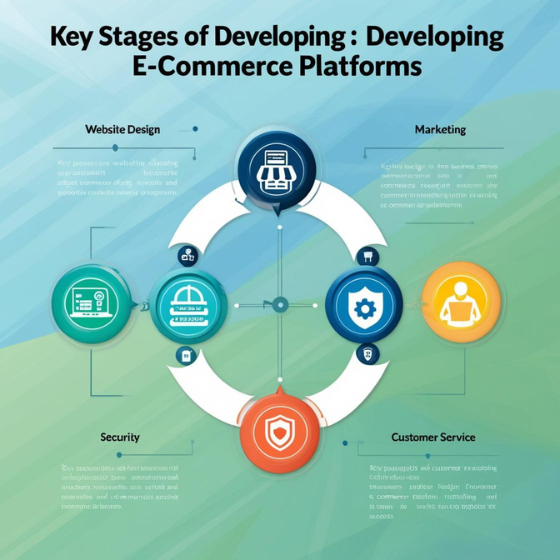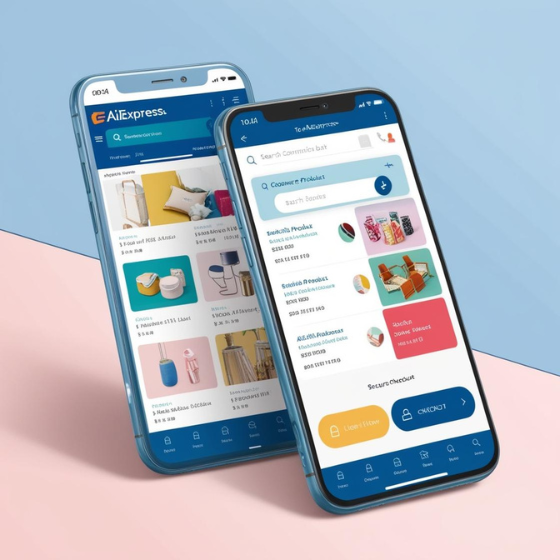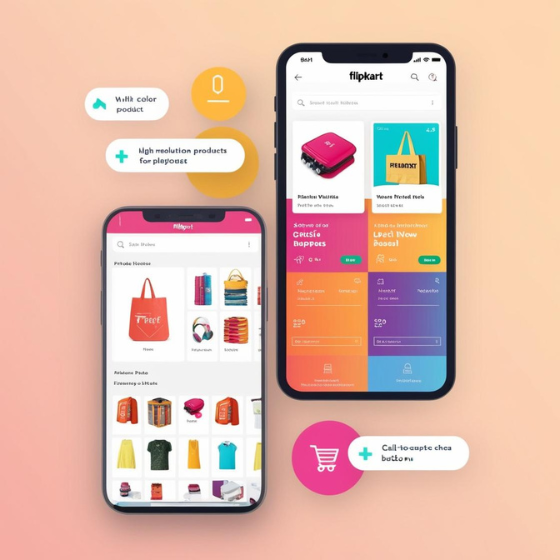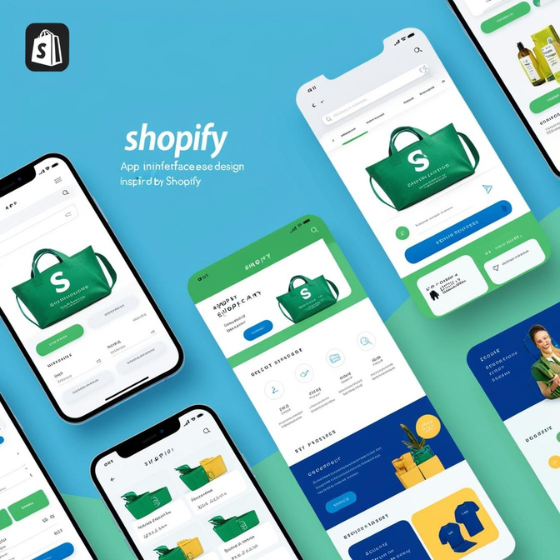Developing E-commerce Platforms: A Comprehensive Guide
Did you know that global e-commerce sales are expected to reach $8.1 trillion by 2026? This staggering statistic underscores the significance of building a robust e-commerce platform that can thrive in an increasingly digital world. In this blog, we’ll walk you through Developing E-commerce Platforms: A Comprehensive Guide, covering key aspects to help you create a user-friendly, scalable, and profitable platform.
Whether you’re an entrepreneur launching your first online store or a business owner looking to enhance your digital presence, this guide will equip you with valuable insights for success.
Why E-commerce Platforms Are Essential for Businesses
E-commerce platforms are no longer optional; they are a necessity for businesses aiming to stay competitive. They offer:
- 24/7 Availability: Customers can shop anytime, increasing sales opportunities.
- Global Reach: Break geographical barriers and tap into international markets.
- Cost Efficiency: Save on operational costs compared to physical stores.
By following Developing E-commerce Platforms: A Comprehensive Guide, businesses can unlock these benefits while addressing unique market demands.
Key Steps in Developing E-commerce Platforms
1. Define Your Objectives and Audience
Before diving into development, it’s crucial to define your goals and target audience. Ask yourself:
- What products or services will the platform offer?
- Who is the ideal customer?
- What problems will your platform solve?
Having clear answers will shape your platform’s design and functionality.
Tip: Create user personas to better understand customer needs and preferences.
2. Choose the Right E-commerce Platform
Selecting the right platform is a pivotal decision. Some popular options include:
- Shopify: Ideal for small to medium-sized businesses with ready-to-use templates.
- WooCommerce: A plugin for WordPress, perfect for content-heavy e-commerce sites.
- Magento: Suited for larger enterprises needing customizations.
Alternatively, Sodio offers custom e-commerce development services, enabling you to build a tailored platform that meets your business needs. Learn more here.
3. Prioritize User Experience (UX)
A seamless user experience can make or break an e-commerce platform. Focus on:
- Navigation: Ensure easy access to categories and products.
- Mobile Responsiveness: Optimize for smartphones and tablets.
- Page Load Speed: Faster pages lead to higher conversions.
Remember, the success of Developing E-commerce Platforms: A Comprehensive Guide hinges on how intuitive your platform is for users.
4. Integrate Secure Payment Gateways
Security is a top priority for online shoppers. Integrate trusted payment gateways like:
- PayPal
- Stripe
- Square
Ensure compliance with standards like PCI DSS (Payment Card Industry Data Security Standard) to build trust and protect sensitive customer information.
5. Implement Effective SEO Strategies
SEO is crucial for driving organic traffic to your e-commerce platform. Key strategies include:
- Using relevant keywords in product descriptions.
- Creating high-quality content like blogs or videos.
- Optimizing meta titles, descriptions, and alt tags.
For example, integrating Developing E-commerce Platforms: A Comprehensive Guide naturally into your content can boost search visibility.
6. Leverage Analytics for Continuous Improvement
Data is your best friend when optimizing an e-commerce platform. Use tools like Google Analytics to track:
- Customer behavior.
- Conversion rates.
- Traffic sources.
Regularly analyze these metrics to identify bottlenecks and improve user experience.
Essential Features for E-commerce Platforms
To ensure a competitive edge, your platform should include the following features:
- Advanced Search Functionality: Filters for price, category, and ratings enhance usability.
- Personalized Recommendations: AI-powered tools suggest relevant products based on user behavior.
- Integrated CRM: Manage customer relationships effectively.
- Order Tracking: Keep customers informed about their purchases in real time.
- Multi-Language and Currency Support: Cater to global audiences effortlessly.
Explore Sodio’s feature-rich e-commerce solutions designed for scalability and growth here.
Real-World Success Stories
Case Study 1: Boosting Sales for a Niche Marketplace
A small business selling handmade crafts partnered with Sodio to develop a bespoke e-commerce platform. The results?
- 40% increase in sales within six months.
- Enhanced customer retention through a loyalty program.
Case Study 2: Scaling a Global Fashion Brand
A fashion retailer expanded its market reach by adopting a scalable e-commerce platform developed by Sodio. Achievements included:
- 25% growth in international sales.
- Streamlined operations with integrated inventory management.
These success stories underscore the effectiveness of Developing E-commerce Platforms: A Comprehensive Guide when paired with expert support.
Trends Shaping the Future of E-commerce
To stay ahead, consider incorporating these trends into your platform:
1. Artificial Intelligence (AI)
AI enhances personalization, from chatbots to product recommendations.
2. Voice Search Optimization
Voice commerce is growing, with more customers using smart devices to shop.
3. Augmented Reality (AR)
AR allows customers to visualize products, such as furniture or clothing, in real-world settings.
4. Sustainability Features
Highlight eco-friendly practices like carbon-neutral shipping to appeal to conscious consumers.
Overcoming Common Challenges
Building an e-commerce platform comes with its challenges, such as:
- High Initial Costs: Opt for scalable solutions that grow with your business.
- Technical Complexities: Partner with experienced developers to ensure seamless functionality.
- Customer Acquisition: Invest in marketing strategies like social media ads and influencer collaborations.
At Sodio, we specialize in solving these challenges with customized strategies. Contact us here.
Conclusion
Developing E-commerce Platforms: A Comprehensive Guide provides the foundation for creating a platform that drives sales, improves customer satisfaction, and scales with your business. By focusing on essential features, trends, and best practices, you can set your online store apart in a competitive market.
Ready to start your e-commerce journey? Contact Sodio today to build a cutting-edge platform tailored to your unique needs. Let’s bring your vision to life!







